|
I'm having a blast co-teaching with Jed Alexander and I wanted to share his book as an example of why self publishing is so great and also talk about the awesomeness of wordless or almost wordless picture books as well. So here's my little review of (Mostly) Wordless followed by some other wordless or almost wordless books. Wordless or near wordless books engage children's brains in very different ways than text driven books. Like works of art, they invite different forms of individual interpretation as to their meanings. They also invite greater conversations between child and reader as to what is or might be going on in the picture stories than a straightforward narrative. Aaron Becker's Journey works on many levels beginning with an homage to Harold and the Purple Crayon. Like (Mostly) Wordless, it too features the power of imaginative play but is for older age children featuring a plot and mystery-driven narrative and gorgeous illustrations. It is a Caldecott Honor book. David Weisner's books are also image-driven with few or no words and lots of surrealistic flourishes. In Flotsam a boy finds an old camera washed up on the beach and develops the film with extraordinary results (as you can imagine being from David Weisner). Apart from being ravishingly beautiful, the images takes us on a journey through time and place and imagination. This too is a Caldecott Honor book. Zoom by Istvan Banyai is another fabulous wordless book that messes with our sense of reality. We think we are seeing one thing and then turn the page only to discover that it's really just one small part of something bigger. At times it's touching, other times it's funny, but it's always mind boggling trying to imagine what's coming next. Ultimately it literally and figuratively ends up being cosmic. Intrigued? I hope so. If you are up for it, would love to hear about any wordless books that you are partial too. ~ Yours in children's book love ~ Mira
I expected to be published by the time I was thirty. I turned thirty....(five years ago.) While I did get published in magazines by the time I was thirty, that wasn't my goal. Why did I expect this? Because, I was under the belief that if I visualized my goals, said them out loud, and wrote them down, they would happen. (Along with being persistent and making plans and taking action toward those goals.) Well as it turns out, I wasn't ready to be published five years ago. There was so much I didn't know that I didn't know. So I can take this unexpected circumstance and view it as a good thing rather than a bad thing.
"Things rarely turn out as we expect." Why am I rambling on about this sentence? Besides that fact that it's a great concept to hang on to because it is filled with hope and fear, but also because it's wrapped up in a new book I've been dying to read. HOOK'S REVENGE by Heidi Schulz. And today on twitter, I discovered a fantastic blog that Heidi wrote about strategies and tips for reluctant readers...one of my favorite topics. I really loved her post because she had a few new ideas I hadn't thought of before. Check out Heidi's post here. Be sure to check out Heidi's book (plus, there is a sequel coming out this fall.) Here's more info about her book, HOOK'S REVENGE: (From Amazon) Twelve-year-old Jocelyn dreams of becoming every bit as daring as her infamous father, Captain James Hook. Her grandfather, on the other hand, intends to see her starched and pressed into a fine society lady. When she's sent to Miss Eliza Crumb-Biddlecomb's Finishing School for Young Ladies, Jocelyn's hopes of following in her father's fearsome footsteps are lost in a heap of dance lessons, white gloves, and way too much pink. So when Jocelyn receives a letter from her father challenging her to avenge his untimely demise at the jaws of the Neverland crocodile, she doesn't hesitate-here at last is the adventure she has been waiting for. But Jocelyn finds that being a pirate is a bit more difficult than she'd bargained for. As if attempting to defeat the Neverland's most fearsome beast isn't enough to deal with, she's tasked with captaining a crew of woefully untrained pirates, outwitting cannibals wild for English cuisine, and rescuing her best friend from a certain pack of lost children, not to mention that pesky Peter Pan who keeps barging in uninvited. The crocodile's clock is always ticking in Heidi Schulz's debut novel, a story told by an irascible narrator who is both dazzlingly witty and sharp as a sword. Will Jocelyn find the courage to beat the incessant monster before time runs out? What's something in life that you expected to turn out a certain way that didn't? Was it a bad thing or a good thing?
Hullo, I've been deep in the land of course creation and one of the things I've been thinking about for the self-publishing course is the importance of promotion and marketing, which every author or illustrator needs to do these days, starting with a good website. My old assistant Leda and I put together an easy-peasy course on using Weebly, which is what I've been using for years. This site is made with Weebly and is what's known as a WYSIWG where what you see is what you get using drag and drop modules. So instead of doing a book review or talking about why our self- and indie publishing is a game changer, I decided to write about the 3 great things your website should do.
1. It needs to help you establish your credibility as a professional who knows what she or he is doing. You do this by having a professional looking website that's clean and clear and easy to navigate with lots of spaciousness and great graphics. You can take fabulous photos with your smart camera or pay for images from sources like fotolia or iStock or find free ones at sites like morguefile or Unsplash.
You need to have a home page, which can be among other things, a blog, a welcome page, or examples of your art if you are an illustrator; an about page where you share about yourself including any qualifications you might have as a writer or illustrator, any interests or fun stuff. For example, Nicole Popel has a lovely site where she shares her passion for the Little Free Library movement. Check out Yuyi Morales's about page for some more inspiration.
You'll also want a contact page so folks can contact you, and a blog if you can post regularly (I'll speak about this a little more in #3) and if you are published, you definitely want a Books page.
2. Develop your author/illustrator platform with social media like Facebook, Twitter, Pinterest, LinkedIn, and Instagram (as much or as little as you can handle) by adding share buttons or links that enable others to share your content to their social media accounts and where they can connect with your social media accounts. Share This is a great spot for getting free widgets to do this. The thinking is that the more friends and followers that you have the more folks who will buy your books when they come out and who will also help spread the word and promote them. When I was an agent, one editor I visited with in New York said that the first thing she did when getting something she was interested in was to look them up on Facebook and if they didn't have many friends it was a deal breaker. Sad but true. Authors and illustrators must help market their books these days unless they are a huge name in which case the publisher will do it. But if you're not a big name, just like self-publishers, you need to be actively promoting your work.
3. Share resources and connect with others through your blog. Like any niche area with mutual interests, forming communities of mutual support is both extremely helpful and deeply meaningful. No one gets anywhere on their own and helping others by providing resources or sharing your own process will not only inspire warmth but will also contribute to the betterment of the community. Tara Lazar is one of the nicest and most generous people in the business and has helped many through her website and annual Picture Book Idea Month. When her first book was published and Barnes & Nobles wouldn't carry it in their bookstores because they were feuding with her publisher, Tara's friends and followers rallied and emailed and called B&N until Tara's books were on their shelves. It was quite wonderful. Have a peek at her website - clean, clear, lots of white space, easy to find social media buttons, helpful, interesting and funny stuff.
And finally I wanted to share Barbara Bottner's website for it's aesthetic qualities that also might inspire. Barbara either has a slide show or animated gif at the top that tells a great little story welcoming you to her world and describing her itch. It's quite delightful. Once again check out how minimal and spacious it is. 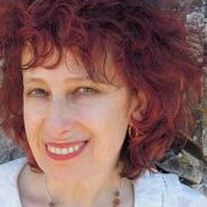
Mira Reisberg has worked in the children's book field since early 1988, writing a 370 page dissertation on children's literature for her PhD. Over the years, Mira has helped many authors and illustrators get published. Her new exciting venture involves helping authors and illustrators publish with new technologies for self, indie and e-publishing as many traditionally published as well as courageous creatives are choosing to do. Students in this course with Mira and Jed Alexander will also learn to make websites, develop a social media following, make promotional videos, and self-publish their books with little to no personal expense. Self- and Indie Publishing with Crowdfunding starts soon on March 23rd. Click here to find our more.
Please leave a comment and share any websites that you think are well designed.
Mira here - it's my birthday today, which being a rebellious Aussie ex-pat makes me believe that I can switch things up a little. Be prepared for one of the worst run-on sentences ever, but don't skip it - So instead of writing a post myself (seeing as I'm super busy preparing for our fabulous upcoming Self- and Indie Publishing with Crowdfunding course with Jed Alexander, creating tons of resource lists of top editors, illustrators, graphic designers, e-book converters, print on demand and traditional printers, and how to work with them and pay for them with no financial risk to make a top quality book for schools, libraries, awesome indie bookstores, Amazon etc. and how to make your writing and or illustration the best that it can be) PLUS preparing for Jed's and my FREE webinar on March 13th with registration right here on The New Publishing Paradigm: Small, Indie, Self and e-Publishing, PLUS I'm partying tonight (it's still March 1st right now), I asked my friend Jamie Engle to fill in for me. Now without further ado, let me introduce the lovely Jaimie Engle, who will give lots of helpful info on marketing, getting school visits, and her experiences of self publishing Clifton Chase and the Arrow of Light. Self-Publishing: Going In Eyes Wide-Open Treating Your Book as a Business I self-published my children’s novel, Clifton Chase and the Arrow of Light, in September 2013, after the small press I had been working with breached our contract. Three weeks before my slated release, my publisher bailed and left me stranded. I had no publicist, no idea what to do, and no desire to give up. I reached out to mommy bloggers, introducing myself as a mom who wrote a children’s book, and many of them agreed to a free review and giveaway. This helped bring national visibility to my book for only a few bucks per blogger, the cheapest advertising campaign I could think of. I received rave reviews and sold a hundred or so copies. Honestly, I was heart-broken that I was no longer a “published” author, but rather a “self-published” author. I lost the passion for my book and my sales slowed. I focused my attention on my editing and PR firm, A Writer For Life. I love editing and working with authors to polish their books for submission or self-publication. But I was spending all my time promoting others, while doing nothing for myself. That had to change. In December of 2014, after a year on the market, I reevaluated the three aspects of my business that I have control over to see how I could increase book sales:
My inspiration hit during his archery club lesson, when I imagined a dwarf stalking us in search of a magical arrow. This realization changed everything:
Jaimie M. Engle is an award-winning author from Melbourne, Florida. Before releasing her anti-bullying fantasy novel Clifton Chase and the Arrow of Light she ran a body shop, modeled bikinis, danced in the Aloha Bowl halftime show, and managed a hip-hop band. Her young adult novella, The Dredge, placed honorable mentions in the 2013 L. Ron Hubbard’s Writer’s of the Future contest and she placed second in the 2012 Space Coast Writer’s Guild short story competition. She is represented by Pam Howell of D4EO Literary. Engle offers a coaching & editing service for aspiring writers at www.awriterforlife.com. Learn more about her books and download free stuff at www.jaimiengle.com. Thank you so much Jaimie, this was fabulous and am truly happy for your successes!!
And just a reminder, our fun contest with terrific prizes ends on Tuesday and it's not too late to play right here. The FREE webinar is Friday March13th at 5.30PM PST registration here. The deadline for our scholarships for the course have been extended until March 4th because we did a poor job getting the word out about them. These will be announced on the 6th on the scholarship page. And finally, to check out what the course is about, click here. We'd love to blow you away with what we've created and how it can transform your publishing life. Early Bird Specials end March 6th. |
We are so excited to be mixing things up at CBA, beginning with some delicious additions to the Blogfish. Meet our awesome bloggers!!
Here's our lineup: 1st Mondays begin with former school psychologist Dr. Debra Collins who will be writing about Social emotional Learning in kidlit and behind the scenes as well as Jewish children's books. 2nd Mondays will feature super smart Melissa Stoller whose career is taking off with several new books. 3rd Mondays will feature our new blogger coming soon. 4th Mondays features new blogger, the fabulous Brentom Jackson, who has a beautiful approach to blogging. And 5th Mondays we'll be taking a break Archives
July 2024
|
|
Discover
|
About Us
|
Join Us
Join our Community and receive a fabulous free gift, KidLit tips, newsletters, scholarship info, contests, and more!
Join our KidLit Mentorship |
Social Media
Interact with our FaceBook Group or follow us on:
|
© 2010-2024 All content on this website is copyrighted. Sorry, all courses are non-refundable.
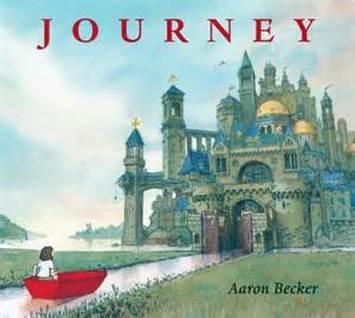
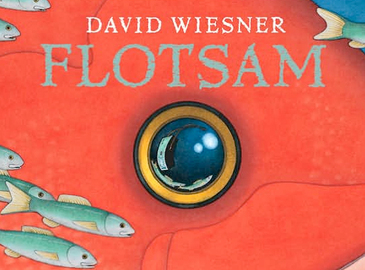
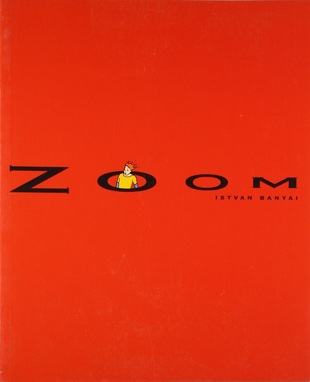
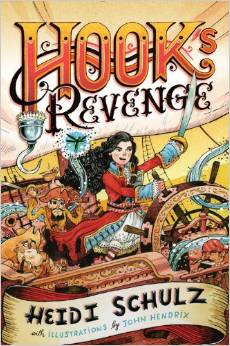
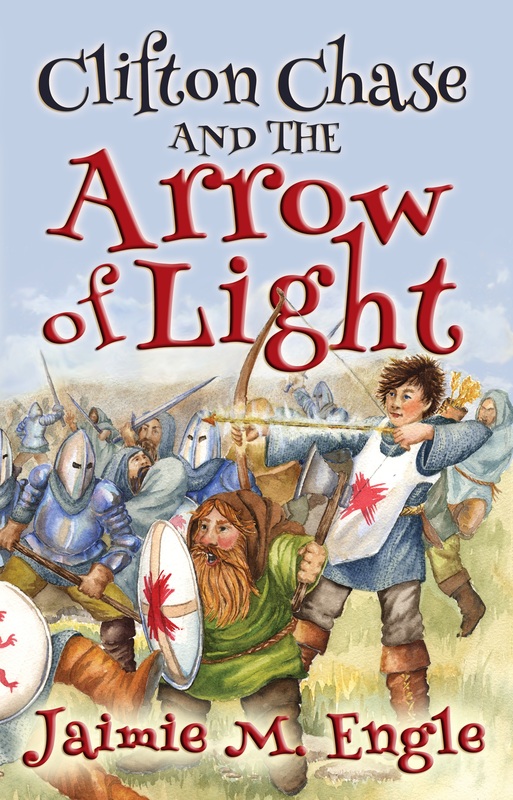
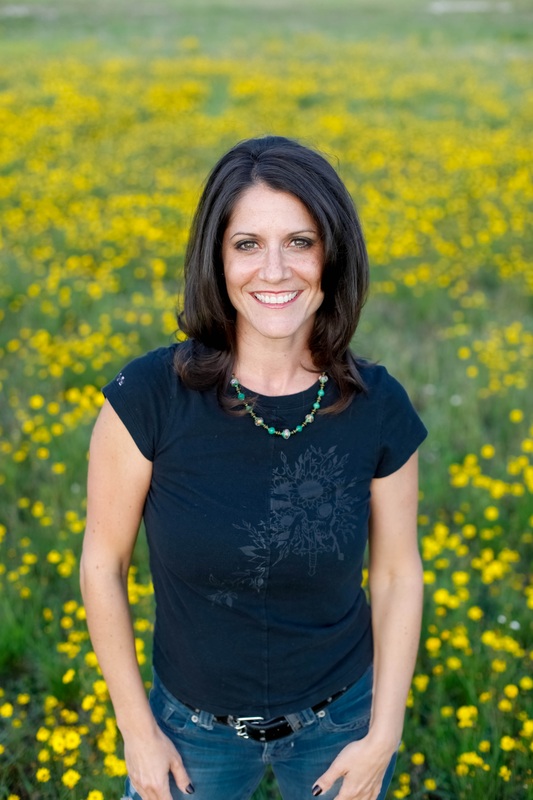

 RSS Feed
RSS Feed
